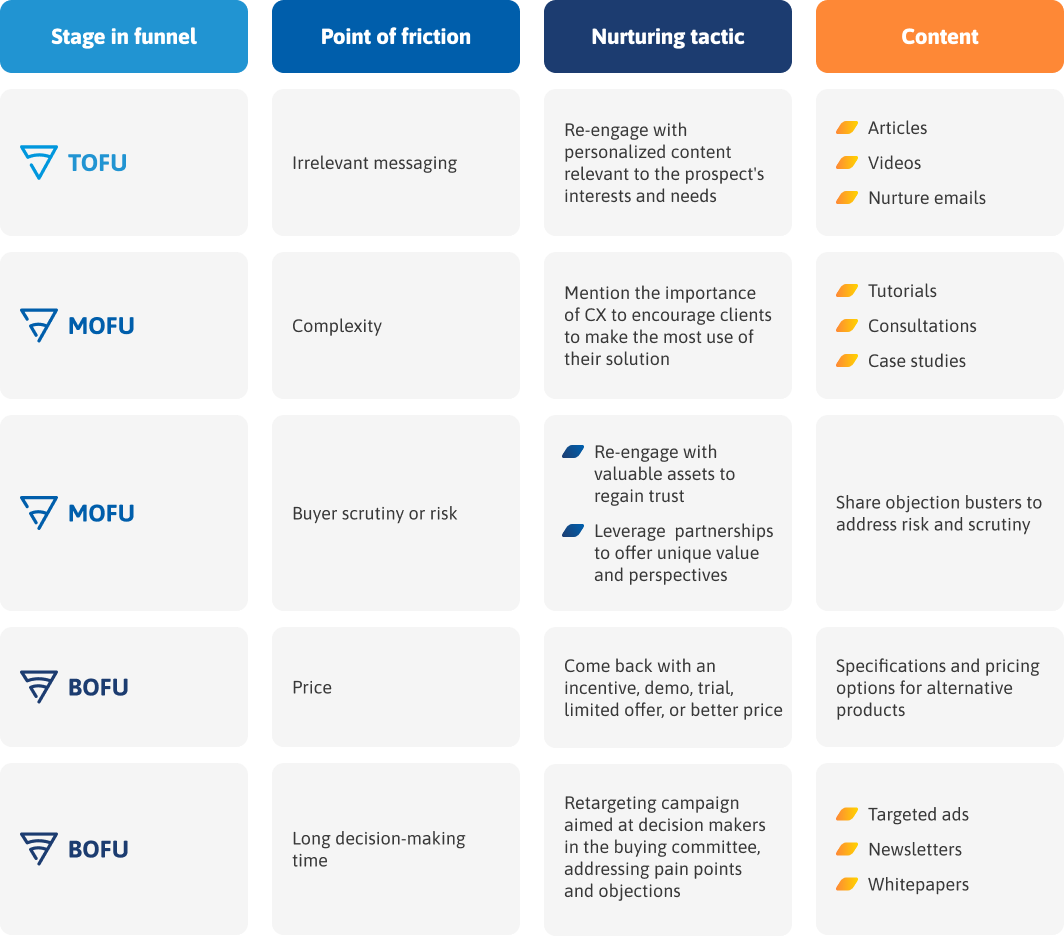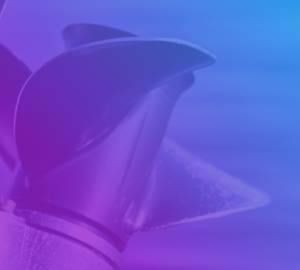With conversion rates commonly ranging between just 1-3% (First Page Sage, 2024), strategies to reduce buyer drop-off are frequently discussed in B2B marketing.
While some attrition is unavoidable, investigating the specific reasons why your buyers might be disappearing from the B2B sales funnel can help refine your nurturing strategies. Misalignment with buyers’ needs, changing buying behaviors, increasingly complex B2B buying groups and processes, and irrelevant content can all contribute to disengagement.
In addition, today’s buyers increasingly conduct their buying processes independently from sales reps, creating the need for educational content that supports their decision making.
In this article, we explore some of the most frequent causes of buyer drop-off and introduce demand generation strategies to re-engage those buyers who have ghosted you.














